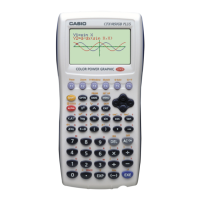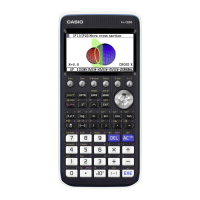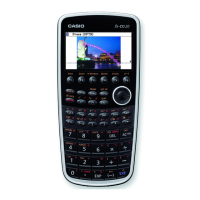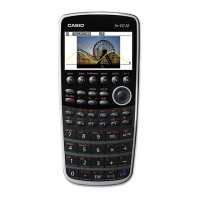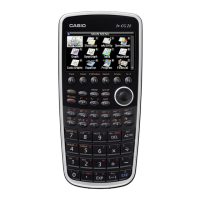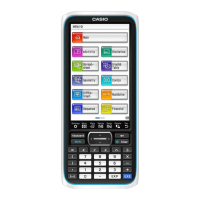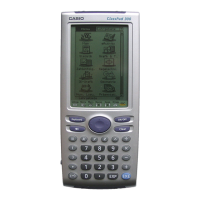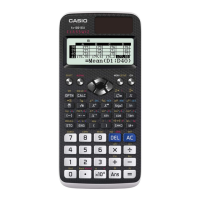30
Chapter 3: Commands and Programming
Transferring Sampled Data to a
Calculator
This section explains how to send sampled data between the data analyzer
and a connected CFX-9850G or CFX-9800G graphic scientific calculator for
graphing and analysis.
Transferring Data to the CFX-9850G
The following explanations all apply to transferring data from the data analyzer
to the CFX-9850G only.
To use the “Receive(” command to fetch data
1. Connect the data analyzer to the CFX-9850G.
2. On the CFX-9850G, perform the following key sequence to execute the
Receive( command: [SHIFT] [PRGM] [F6] (g) [F4] (I/O) [F4] (Recv).
• Execution of the Receive( command on the calculator starts transfer of
data from the data analyzer.
• The sampled data is stored in calculator memory in accordance with the
parameter you specify (variable, list or matrix) with the Receive( com-
mand.
• Further data transfer stops if CFX-9850G memory becomes full during
execution of the Receive( command. See the documentation that comes
with the CFX-9850G for details on what to do when memory becomes
full.
Each execution of a Receive(List) command recalls one data group only.
CH1 original sampled data, CH1
d/dt, and CH1 d
2
/dt
2
are each one data
group.
Post-processing Off
Only the raw sample data is transferred by the Receive( command when
post-processing is turned off with CHANNEL SETUP (Command 1). Data
items are recalled in the following sequence.
RecTIME"CH1"CH2"CH3"SONIC"DIG IN"RecTIME"....
Post-processing On
When post-processing is turned on with CHANNEL SETUP (Command 1),
the data produced by the post-processing is sent following the raw sample
data. Data items are recalled in the following sequence (when a: raw sample
data, b:
d/dt, c: d
2
/dt
2
).
RecTIME"CH1 a"CH1 b"CH1 c"CH2 a"CH2 b"CH2 c"CH3 a"CH3
b"CH3 c"SONIC a"SONIC b"SONIC c"DIG IN"RecTIME"....
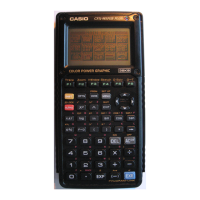
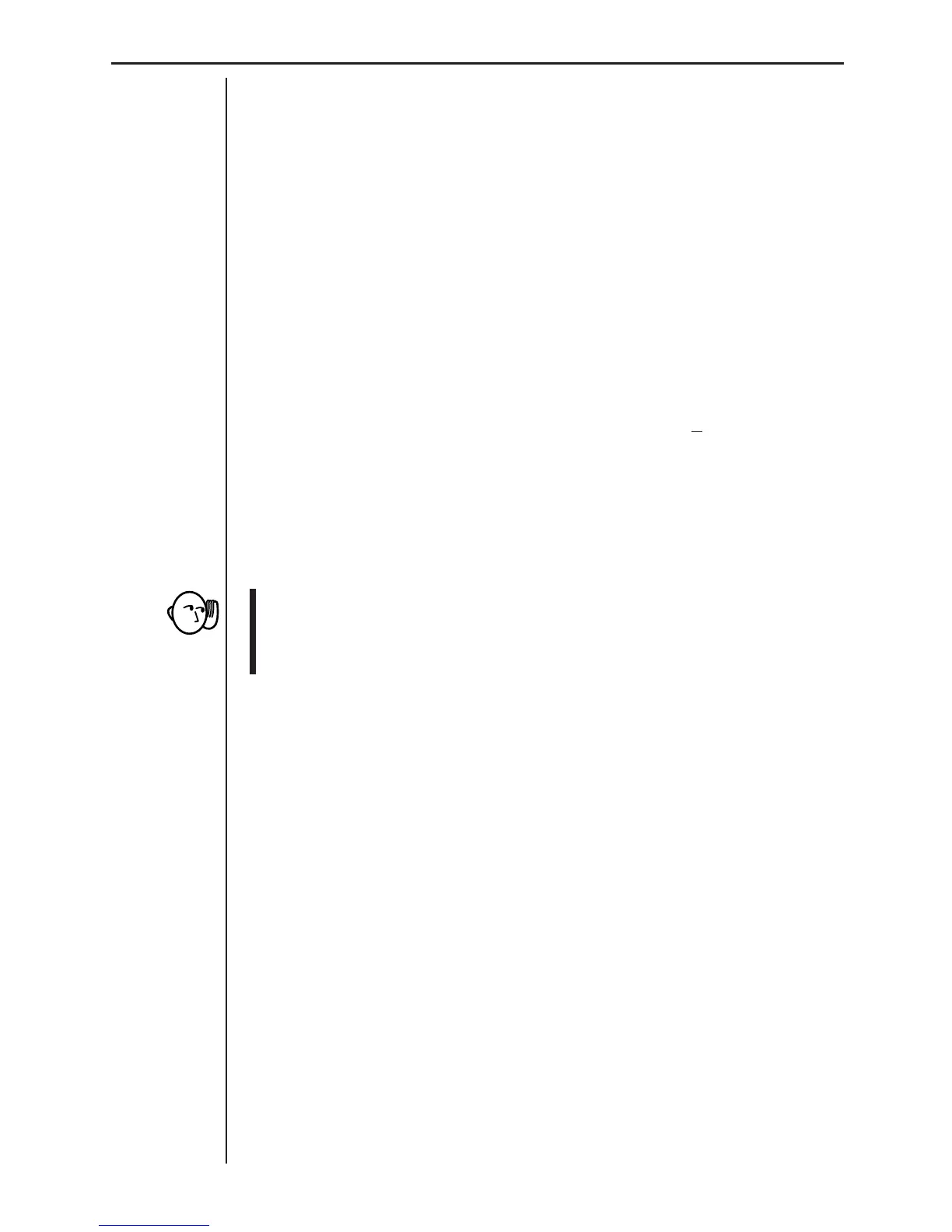